Home>Garden Essentials>What Are Groundcover Roses
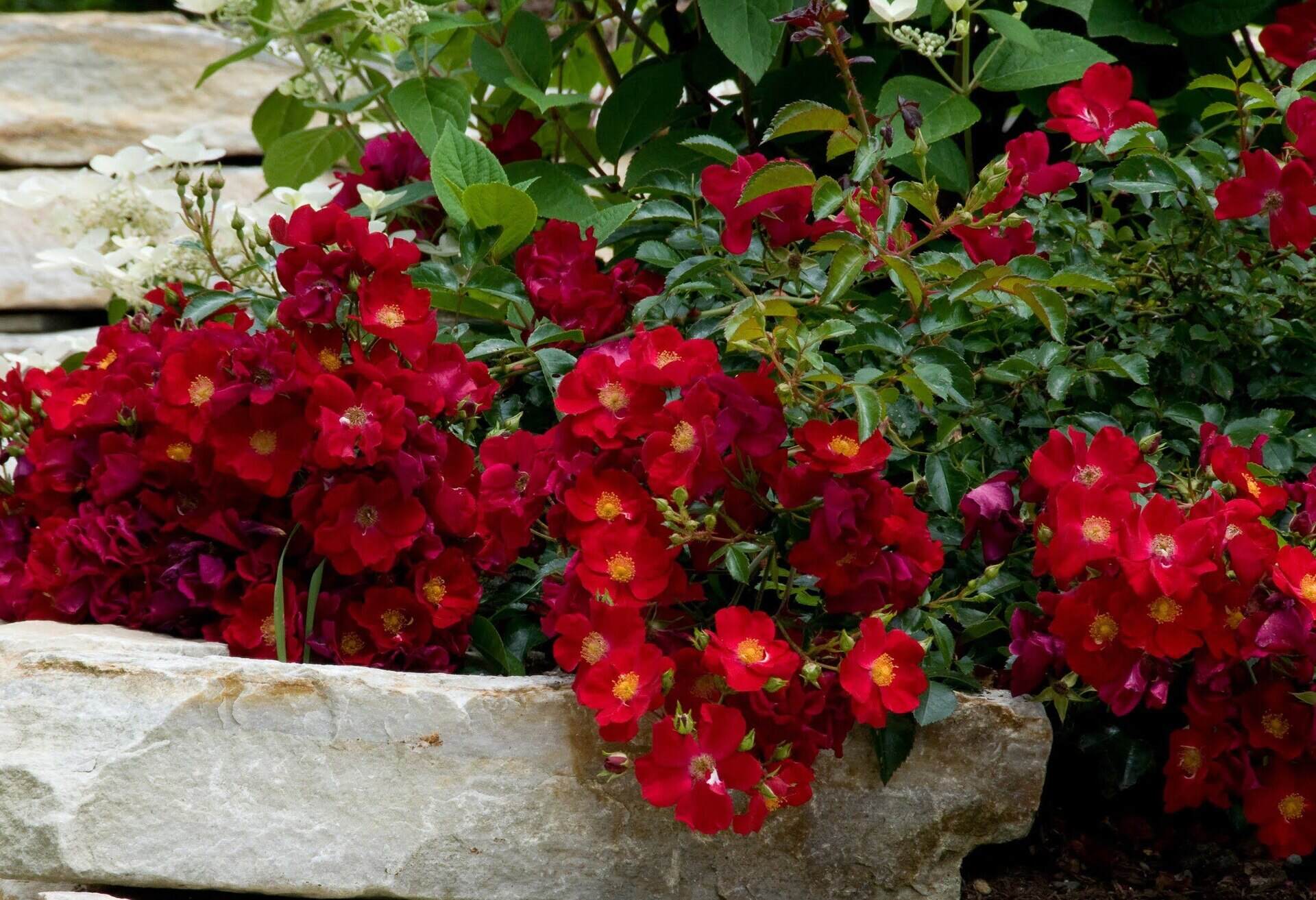

Garden Essentials
What Are Groundcover Roses
Modified: November 1, 2024
Discover the beauty and versatility of ground cover roses for your garden. These low-growing and spreading plants add a stunning carpet of blooms, creating a vibrant and colorful landscape.
(Many of the links in this article redirect to a specific reviewed product. Your purchase of these products through affiliate links helps to generate commission for Storables.com, at no extra cost. Learn more)
Introduction
Welcome to the world of ground cover roses, where beauty meets practicality in the garden. Ground cover roses, also known as low-growing roses, are a versatile and stunning addition to any landscape. They provide a lush carpet of colorful blooms and thick foliage, transforming bare patches of soil into a picturesque scene. In this article, we will delve into the world of ground cover roses, exploring their definition, characteristics, benefits, best varieties, planting and care tips, pruning and maintenance, common problems and solutions, and their various uses and applications in the garden.
Ground cover roses are a specialized type of rose that grows close to the ground, spreading horizontally rather than vertically. They form dense mats of foliage and produce an abundance of small to medium-sized flowers. Unlike their tall and bushy cousins, ground cover roses are low-maintenance and require minimal pruning and care.
These versatile plants are ideal for creating stunning flower beds, edging pathways, covering slopes and banks, filling in gaps between larger plants, and adding color to rock gardens. The possibilities are endless when it comes to incorporating ground cover roses into your garden design.
Not only do ground cover roses add aesthetic appeal to your landscape, but they also provide several other benefits. They help to suppress weed growth, reduce soil erosion, conserve moisture, and provide a habitat for beneficial insects. Additionally, their trailing growth habit makes them excellent choices for hanging baskets and cascading over walls or container edges.
When it comes to choosing the best varieties of ground cover roses, there are numerous options to consider. Some popular choices include ‘Flower Carpet’, ‘Drift’, ‘Fairy’, ‘Magic Carpet’, and ‘Groundcover Roses’. Each variety offers unique characteristics such as different flower colors, fragrance, disease resistance, and growth habits, allowing you to select the perfect fit for your garden’s style and requirements.
Now that you have a basic understanding of ground cover roses, it’s time to explore how to plant and care for them. Keep reading to discover essential tips and techniques for ensuring the health and longevity of your ground cover rose plants.
Key Takeaways:
- Ground cover roses are low-maintenance, disease-resistant plants that provide vibrant blooms, suppress weeds, and control soil erosion, making them a versatile and practical choice for any garden.
- With their trailing growth habit, ground cover roses are perfect for creating stunning flower beds, edging pathways, covering slopes, and adding color to rock gardens, offering a multitude of uses and applications in the garden.
Read more: How Do You Prune Groundcover Roses?
Definition of Ground Cover Roses
Ground cover roses are a type of rose plant that grows near the ground and spreads horizontally, forming a dense mat of foliage and flowers. Unlike traditional rose bushes that grow upright, ground cover roses have a trailing growth habit, making them an excellent choice for providing coverage to bare patches of soil and filling in gaps in the garden. These low-growing roses are typically compact and bushy, with stems that can reach between 1 to 3 feet in length.
Ground cover roses are a modern breed of roses that have been specifically developed to be low-maintenance and disease-resistant. They are known for their ability to thrive in a variety of growing conditions, including hot climates, poor soil, and even partial shade. These traits make them versatile and adaptable to different gardening situations.
One of the key characteristics of ground cover roses is their ability to produce a profusion of small to medium-sized flowers. These flowers come in a wide range of colors, including shades of red, pink, white, yellow, and even multi-colored varieties. The petals can be single or double, adding to the visual interest of these plants.
Ground cover roses are known for their hardiness and ability to withstand harsh weather conditions. They can tolerate drought, heat, and even cold temperatures. This resilience makes them ideal for landscapes where regular care and maintenance may not be possible.
Another advantage of ground cover roses is their ability to suppress weed growth. The thick mat of foliage that they form helps to smother weeds and prevent them from germinating and taking hold in the garden. This not only saves time and effort in weed control but also ensures that the ground cover roses remain the focal point of the landscape.
Overall, ground cover roses are a fantastic addition to any garden. They provide beauty, practicality, and versatility, serving as effective ground covers, landscape accents, and container plants. With their low-maintenance nature and stunning display of flowers, ground cover roses are a popular choice for both amateur and experienced gardeners alike.
Characteristics of Ground Cover Roses
Ground cover roses possess unique characteristics that set them apart from other types of roses. Understanding these characteristics is key to successfully incorporating them into your garden and maximizing their visual impact. Here are some significant traits of ground cover roses:
- Low-growing habit: Ground cover roses have a trailing growth habit, with stems that spread horizontally along the ground. This allows them to provide excellent coverage to bare soil and fill in gaps between other plants, creating a lush and dense carpet-like effect.
- Abundance of blooms: Despite their smaller size, ground cover roses are prolific bloomers. They produce an abundance of flowers that cover the entire plant, creating a stunning display of color. The flowers range in size from small to medium, and they come in a wide array of colors, from vibrant reds and pinks to soft pastels and whites.
- Compact and bushy growth: Ground cover roses typically have a compact and bushy growth habit, with stems that stay close to the ground. This characteristic makes them ideal for creating neat edges along flower beds or pathways, and for covering slopes or banks where erosion control is necessary.
- Disease resistance: One of the notable advantages of ground cover roses is their high level of disease resistance. They are bred to withstand common rose diseases, such as black spot and powdery mildew, reducing the need for frequent spraying and maintenance. This makes them a great choice for gardeners who prefer low-maintenance plants.
- Trailing and cascading effect: Ground cover roses are well suited for trailing over walls, cascading down containers or hanging baskets, or draping gracefully over garden structures. Their flexible stems allow them to adapt to different growing situations, creating a visually appealing cascading effect.
- Repeat blooming: Ground cover roses often have a long blooming season, producing flowers continuously throughout the summer and into the fall. This extended period of bloom provides a lasting source of color and ensures that your garden remains vibrant and lively.
- Hardiness: Ground cover roses are known for their resilience and ability to tolerate a wide range of growing conditions. They can withstand heat, drought, and even cold temperatures, making them suitable for various climates. Their hardiness also allows them to thrive in different soil types, including poor or less fertile soils.
With these characteristics, ground cover roses offer not only beauty but also practicality in the garden. Their ability to provide ground coverage, withstand harsh conditions, and display an abundance of colorful blooms make them an excellent choice for both beginner and experienced gardeners.
Benefits of Using Ground Cover Roses
Ground cover roses offer numerous benefits that make them a valuable addition to any garden. From their aesthetic appeal to the practical advantages they provide, using ground cover roses can enhance the overall beauty and functionality of your outdoor space. Here are some key benefits of incorporating ground cover roses into your landscape:
- Aesthetic appeal: Ground cover roses create a stunning visual impact with their lush carpet of colorful blooms and thick foliage. Whether you choose vibrant reds, soft pinks, or pure white flowers, the vibrant colors and abundant blooms will add vibrancy and beauty to your garden. These low-growing plants provide a lush and full appearance, giving your landscape a well-manicured and inviting look.
- Weed suppression: Ground cover roses effectively suppress weed growth by forming a dense mat of foliage that shades the soil. This inhibits weed seeds from germinating and competing with your desirable plants. The reduced need for weed control means less time spent on maintenance and more time enjoying your garden.
- Soil erosion control: The spreading growth habit and dense foliage of ground cover roses help stabilize the soil and reduce erosion on slopes and banks. Their extensive root systems bind the soil together, preventing it from being washed away by rain or water runoff. This is particularly beneficial for gardens situated on hillsides or areas prone to erosion.
- Moisture conservation: Ground cover roses act as a natural mulch, helping to retain moisture in the soil by reducing evaporation. The dense foliage helps shade the soil surface, minimizing water loss and making your garden more resilient during periods of drought or hot weather. This can result in reduced irrigation needs and water conservation.
- Beneficial insect habitat: The dense foliage and abundant blooms of ground cover roses create a welcoming habitat for beneficial insects, such as bees and butterflies. These pollinators are essential for plant reproduction and ecosystem health. By attracting and supporting beneficial insects, ground cover roses contribute to a thriving and balanced garden ecosystem.
- Versatility in design: Ground cover roses offer versatility in garden design, allowing you to create beautiful and functional landscapes. They can be used as borders, edging along pathways, filling in gaps between larger plants, or as focal points in rock gardens. Their trailing growth habit also makes them ideal for containers, hanging baskets, and cascading over walls or garden structures.
- Low maintenance: Ground cover roses are known for their low maintenance requirements. Compared to taller rose bushes, they require minimal pruning and care. Their disease-resistant qualities reduce the need for pesticide use as well. This makes ground cover roses an excellent choice for gardeners looking for beautiful and reliable plants that are easy to maintain.
With their beauty, functionality, and ease of care, ground cover roses offer a multitude of benefits to enhance your garden. Whether you want to add color, suppress weeds, control erosion, or create a visually appealing landscape, ground cover roses are a versatile and practical choice.
Best Varieties of Ground Cover Roses
When it comes to selecting the best varieties of ground cover roses for your garden, you have a wide range of options to choose from. Each variety offers unique characteristics such as flower color, growth habit, disease resistance, and fragrance. Here are some of the top ground cover rose varieties that are highly recommended:
- Flower Carpet Roses: Flower Carpet roses are renowned for their continuous blooming, disease resistance, and exceptional versatility. They come in a variety of colors, including shades of red, pink, yellow, and white. Their compact and spreading habit makes them ideal for ground covering, borders, and mass planting. They thrive in a wide range of climatic conditions and soil types.
- Drift Roses: Drift roses are a popular choice for their compact growth and intense flower production. They are available in a range of colors, including coral, pink, and red. The foliage of Drift roses is disease resistant, and they have a strong tolerance to heat and cold. These roses are excellent for filling in gaps, edging pathways, or cascading over walls or containers.
- Fairy Roses: Fairy roses are charming miniature ground cover roses that produce clusters of small, delicate flowers. They come in various colors, including pale pink, deep pink, and white. Fairy roses are ideal for rock gardens, border planting, or growing in containers. Their compact growth and resistance to diseases make them a low-maintenance choice.
- Magic Carpet Roses: Magic Carpet roses are beloved for their eye-catching display of colorful, semi-double flowers that bloom repeatedly throughout the season. They have a trailing habit and can spread up to 4 feet wide. Magic Carpet roses are available in vibrant shades of red, pink, and orange. Their disease resistance and ability to tolerate a variety of climates make them a popular choice for ground covering and mass planting.
- Groundcover Roses: Groundcover roses, as the name suggests, provide excellent ground coverage with their dense, spreading growth habit. They are available in a variety of colors, including pink, red, and white. These disease-resistant roses bloom profusely and are perfect for filling in large areas, preventing weed growth, and creating a carpet of color in your garden.
These are just a few examples of the many ground cover rose varieties available. When selecting the best variety for your garden, consider factors such as climate, soil conditions, desired flower color, and available space. Consulting with local nurseries or gardening experts can provide further guidance specific to your region.
Remember to consider the specific characteristics of each variety, such as growth habit, flowering period, and disease resistance, to ensure that it aligns with your garden design goals and maintenance preferences. With careful selection, you can find the perfect ground cover rose variety to enhance the beauty and functionality of your outdoor space.
Ground cover roses are low-growing, spreading plants that are great for filling in large areas of the garden. They are easy to care for and can help suppress weeds while adding beautiful color to the landscape. When planting ground cover roses, make sure to space them about 3-4 feet apart to allow for proper spreading.
Read more: What Is A Glass Rose
Planting and Care Tips for Ground Cover Roses
Planting and caring for ground cover roses is relatively straightforward, and with a few key tips, you can ensure the health and success of your plants. Here are some essential guidelines to follow:
- Choose the right location: Select a location that receives at least six hours of direct sunlight each day. Ground cover roses thrive in full sun but can tolerate partial shade. Ensure that the soil is well-draining to prevent waterlogging, which can lead to root rot.
- Prepare the soil: Before planting, prepare the soil by removing any weeds, rocks, or debris. Amend the soil with organic matter, such as compost or well-rotted manure, to improve drainage and nutrient content. This will create a favorable environment for the roses to establish and grow.
- Plant at the appropriate depth: Dig a hole that is wide and deep enough to accommodate the root ball of the rose plant. Place the plant in the hole, ensuring that the bud union (the swollen area where the rose is grafted onto the rootstock) is level with or slightly above the soil surface. Backfill the hole with soil and gently firm it around the plant.
- Water regularly: Keep the soil consistently moist but avoid overwatering, as this can lead to root rot. Water deeply at the base of the plant, allowing the water to penetrate the root zone. During hot and dry periods, increase the frequency of watering to prevent the plants from drying out.
- Apply mulch: A layer of organic mulch, such as bark chips or straw, around the base of the plants helps conserve moisture, suppress weed growth, and insulate the roots from extreme temperatures. Apply a 2-3 inch layer of mulch, making sure to keep it a few inches away from the stems to prevent crown rot.
- Fertilize regularly: Feed ground cover roses with a balanced rose fertilizer during the growing season to promote healthy growth and abundant blooms. Follow the manufacturer’s instructions for application rates and frequency. Avoid excessive use of fertilizers, as this can lead to a buildup of salts in the soil.
- Prune selectively: While ground cover roses require minimal pruning, occasional selective pruning is beneficial to maintain their shape and encourage new growth. Remove any dead, damaged, or diseased branches, as well as any crossing stems that may impede airflow. Prune these roses in early spring, before new growth emerges.
- Monitor for pests and diseases: Regularly inspect your ground cover roses for signs of common pests, such as aphids or spider mites, and diseases like black spot or powdery mildew. If detected, take appropriate measures to control the problem, such as using organic insecticides or fungicides, or employing cultural practices such as improving airflow and hygiene in the garden.
- Monitor for irrigation needs: Adjust your watering schedule based on the needs of your ground cover roses. During periods of heavy rainfall, you may need to reduce or discontinue supplemental irrigation, while in dry spells, you may need to increase watering frequency.
- Monitor and adjust spacing: As ground cover roses spread and establish, monitor their growth and adjust spacing if necessary. Provide adequate space between plants to allow for proper air circulation and prevent overcrowding, which can lead to increased risk of disease and diminished vigor.
By following these planting and care tips, you can ensure that your ground cover roses not only survive but thrive in your garden. Remember to stay attentive to their needs and address any issues promptly to maintain healthy and beautiful plants.
Pruning and Maintenance of Ground Cover Roses
Pruning and maintenance of ground cover roses are relatively simple compared to other types of roses. These low-growing plants have a naturally compact habit and require minimal pruning to maintain their shape and promote healthy growth. Here are some key tips for pruning and maintaining ground cover roses:
- Prune selectively: Ground cover roses typically require minimal pruning. Remove any dead, damaged, or diseased branches throughout the year to maintain the overall health and appearance of the plant. Additionally, trim back any overly long or straggly stems to encourage bushier growth and maintain a neat and tidy appearance.
- Prune in early spring: The best time to perform more extensive pruning is in early spring, just before new growth begins. This is the ideal time to shape the plants and remove any winter damage. Trim back the branches to the desired height, ensuring that you maintain the natural arching habit of ground cover roses.
- Avoid heavy pruning: Ground cover roses are not typically pruned heavily as this can reduce their overall vigor and blooming potential. It is best to only remove about one-third of the plant’s overall growth during any pruning session. This will help maintain a balance between promoting new growth and preserving the plant’s natural form.
- Monitor for suckers: Occasionally, ground cover roses may produce suckers, which are shoots that originate from the rootstock rather than the desired rose variety. Promptly remove any suckers as soon as they appear to prevent them from overtaking the plant and depleting its energy and resources.
- Maintain soil moisture: Ground cover roses prefer consistently moist but well-draining soil. Regularly monitor soil moisture levels and water the plants deeply when necessary. Avoid overwatering, as this can lead to root rot and other issues. Mulching around the base of the plants helps to conserve moisture and keep the roots insulated.
- Fertilize regularly: Feed ground cover roses with a balanced rose fertilizer according to the manufacturer’s instructions. Regular fertilization promotes healthy growth and abundant blooms. Avoid over-fertilizing, as this can result in excess foliage growth at the expense of flower production.
- Monitor for pests and diseases: Regularly inspect your ground cover roses for any signs of pests or diseases. Common issues include aphids, spider mites, black spot, and powdery mildew. If detected, take appropriate measures to control the problem, such as using organic insecticides or fungicides, or employing cultural practices like improving airflow and cleanliness in the garden.
- Monitor for irrigation needs: Adjust your watering schedule based on the needs of your ground cover roses. During periods of heavy rainfall, you may need to reduce or discontinue supplemental irrigation, while in dry spells, you may need to increase watering frequency. Be mindful of soil moisture levels and provide adequate hydration to prevent stress and promote healthy growth.
- Monitor and adjust spacing: As ground cover roses spread and establish, monitor their growth and adjust spacing if necessary. Provide adequate space between plants to allow for proper air circulation and prevent overcrowding, which can increase the risk of disease and reduce vigor.
With proper pruning and maintenance, your ground cover roses will remain healthy, vibrant, and beautiful throughout the growing season. Regularly inspect the plants, address any issues promptly, and provide the necessary care to ensure their long-term success in your garden.
Common Problems and Solutions for Ground Cover Roses
While ground cover roses are generally low-maintenance and disease-resistant, they can still experience a few common problems. Being aware of these issues and knowing how to address them enables you to keep your ground cover roses healthy and thriving. Here are some common problems and their solutions:
- Black spot: Black spot is a fungal disease that causes black spots to appear on the leaves of roses. To prevent this disease, avoid wetting the foliage when watering and provide adequate spacing between plants for good airflow. If black spot is observed, remove and destroy affected leaves and apply a fungicide labeled for black spot control.
- Powdery mildew: Powdery mildew is another fungal disease that appears as a white powdery coating on the leaves of roses. To prevent powdery mildew, ensure good airflow around the plants and avoid overhead watering. Prune away any affected leaves and apply a fungicide if necessary.
- Aphids: Aphids are small, sap-sucking insects that can infest rose plants. They can cause distorted growth, yellowing leaves, and the secretion of sticky honeydew. To control aphids, use a strong jet of water to dislodge them from the plants or apply insecticidal soap or neem oil solution to affected areas. Encouraging natural predators like ladybugs can also help control aphid populations.
- Spider mites: Spider mites are tiny pests that feed on the undersides of leaves, causing yellowing and stippling. To eliminate spider mites, regularly spray the plants with water to remove them, or use insecticidal soap or neem oil to control severe infestations.
- Root rot: Overwatering and poorly-draining soil can lead to root rot in ground cover roses. To prevent root rot, ensure that the plants are grown in well-draining soil and avoid overwatering. It’s important to monitor the moisture levels of the soil and water only when necessary.
- Winter damage: In colder climates, ground cover roses may suffer from winter damage. To protect them, apply a layer of mulch around the base of the plants before the first frost. This helps insulate the roots and prevent freezing. Avoid pruning too late in the season, as it can stimulate new growth that is vulnerable to cold temperatures.
- Improper spreading: Sometimes, ground cover roses may not spread as expected or may grow unevenly. To encourage spreading, gently guide the stems to cover bare areas, or prune back overly long or straggly branches to promote bushier growth.
- Weak growth or lack of blooms: If your ground cover roses are not producing vigorous growth or abundant blooms, it may be due to inadequate sunlight, poor soil nutrition, or overpruning. Ensure that the plants are receiving at least six hours of direct sunlight each day, fertilize regularly with a balanced rose fertilizer, and avoid excessive pruning.
- Environmental stress: Ground cover roses may experience stress from extreme temperatures, drought, or poor soil conditions. Choose varieties that are well-suited to your climate and provide appropriate care, such as watering during periods of dry weather and amending the soil to improve its quality.
By identifying and addressing these common problems, you can maintain the health and vitality of your ground cover roses. With proper care, these resilient plants will reward you with a stunning display of flowers and lush foliage, enhancing the beauty of your garden.
Uses and Applications of Ground Cover Roses
Ground cover roses offer a variety of uses and applications in the garden, making them a versatile and valuable addition to any landscape design. Here are some of the popular uses and applications of ground cover roses:
- Ground covers: As the name suggests, ground cover roses are well-suited for providing ground coverage. With their spreading growth habit and lush foliage, they effectively fill in bare patches of soil and create a carpet-like effect in your garden. They can be used to cover large areas of the landscape, preventing weed growth and adding a burst of color.
- Flower beds and borders: Ground cover roses can be used to create stunning flower beds and borders. Their low-growing habit and extensive blooms make them ideal for edging flower beds, providing a beautiful frame for other plants or adding a pop of color along pathways. You can mix different varieties and colors to create a vibrant and dynamic display.
- Slopes and banks: Ground cover roses are excellent for covering slopes and banks, preventing soil erosion and adding visual interest. Their trailing growth habit stabilizes the soil, reducing the risk of erosion caused by heavy rainfall or irrigation. Planting ground cover roses on slopes creates a beautiful and functional landscape that is low-maintenance and visually appealing.
- Hanging baskets and containers: Ground cover roses can be cascaded over the edges of hanging baskets or planted in containers. Their trailing stems create a graceful and cascading effect, adding a touch of elegance to your patio, balcony, or deck. They provide an attractive focal point and can be combined with other plants for added visual interest.
- Rock gardens: Ground cover roses are well-suited for rock gardens, adding a splash of color and texture to the rocky landscape. Their low-growing habit allows them to flow around rocks and fill in crevices. Planting ground cover roses in rock gardens creates a striking contrast between the vibrant blooms and the rugged backdrop of stones.
- Cottage gardens: With their charming and abundant blooms, ground cover roses are a perfect fit for cottage gardens. Their vibrant colors and bushy growth add a romantic and nostalgic touch to the garden. They can be combined with other cottage garden favorites, such as lavender, daisies, and irises, to create a picturesque and cottage-inspired landscape.
- Pathway and edging: Ground cover roses can be used to edge pathways, creating a defined and neat border. Their compact growth habit softens the edges of paths, adding a touch of elegance and structure to your garden. Ground cover roses can also be planted along the edges of driveways, walkways, or garden beds to create a cohesive and visually appealing design.
- Container plantings: Ground cover roses are suitable for growing in containers, allowing you to enjoy their beauty even in limited spaces. These plants can be planted in large pots, troughs, or window boxes, providing a burst of color and interest to your patio, balcony, or rooftop garden.
With their versatility and aesthetic appeal, ground cover roses can be used in various ways to enhance the beauty and functionality of your garden. Whether you’re looking to create ground coverage, add color to flower beds, control soil erosion, or create visual interest in containers or rock gardens, ground cover roses offer a multitude of uses and applications to suit your gardening needs.
Conclusion
Ground cover roses are a fantastic addition to any garden, bringing beauty, practicality, and versatility to your landscape. With their low-growing habit, abundant blooms, and dense foliage, these versatile plants offer a range of benefits for gardeners of all levels of experience. From providing ground coverage and preventing weed growth to stabilizing slopes and adding visual interest, ground cover roses are an excellent choice for enhancing the aesthetics and functionality of your outdoor space.
Choosing the right varieties of ground cover roses is essential for achieving the desired visual impact. Popular varieties such as Flower Carpet, Drift, Fairy, Magic Carpet, and Groundcover Roses offer a range of colors, growth habits, and disease resistance, allowing you to select the perfect fit for your garden’s style and requirements.
Planting and caring for ground cover roses is relatively straightforward. Providing them with a sunny location, well-draining soil, and regular watering will help them thrive and bloom beautifully. Minimal pruning is required, with selective removal of dead or damaged branches to maintain the plant’s shape and overall health.
While ground cover roses are generally low-maintenance and disease-resistant, it’s important to monitor for common problems such as black spot, powdery mildew, aphids, and spider mites. Prompt identification and appropriate action will ensure the continued health and vitality of your plants.
Ground cover roses offer various uses and applications, from ground coverage and flower beds to rock gardens and container plantings. Their versatility allows for creative and inspiring garden designs, whether you have a small urban garden or a sprawling landscape.
In conclusion, ground cover roses bring beauty, practicality, and versatility to gardens of all sizes. With their stunning blooms, ease of care, and various uses, they are sure to elevate the aesthetic appeal and functional aspects of your outdoor space. Consider incorporating ground cover roses into your garden design and enjoy the vibrant colors and lush foliage they provide.
Frequently Asked Questions about What Are Groundcover Roses
Was this page helpful?
At Storables.com, we guarantee accurate and reliable information. Our content, validated by Expert Board Contributors, is crafted following stringent Editorial Policies. We're committed to providing you with well-researched, expert-backed insights for all your informational needs.
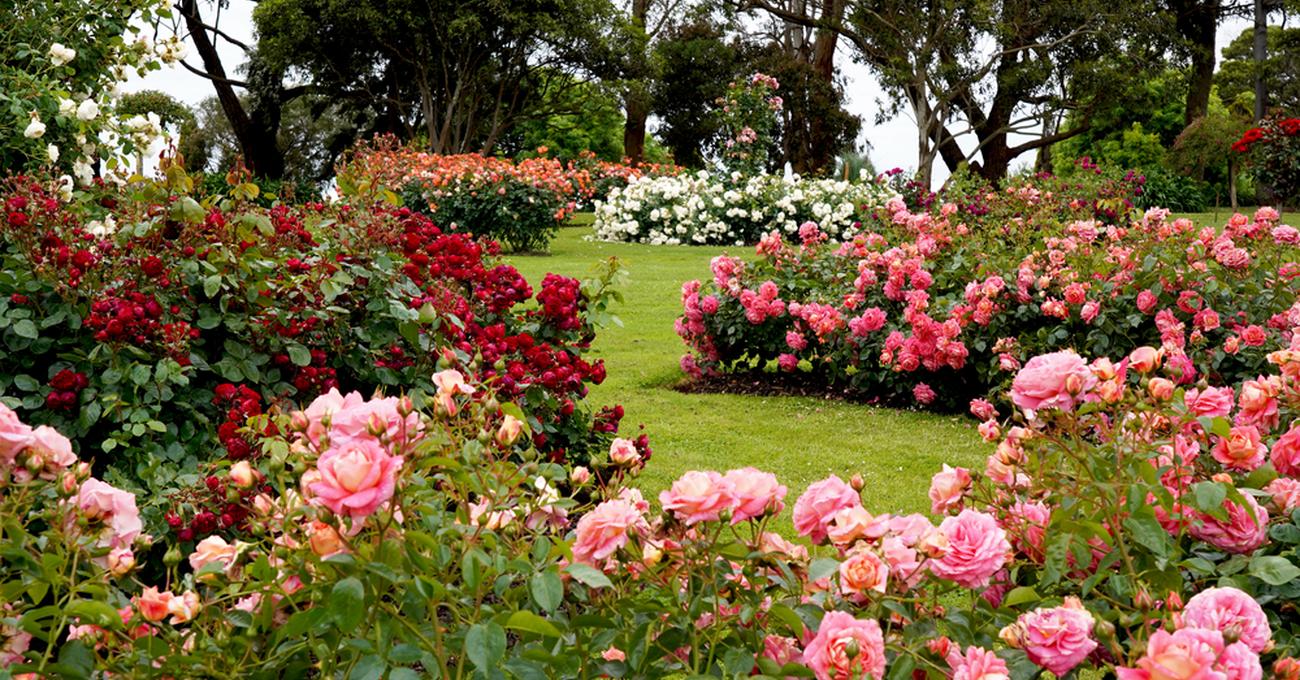
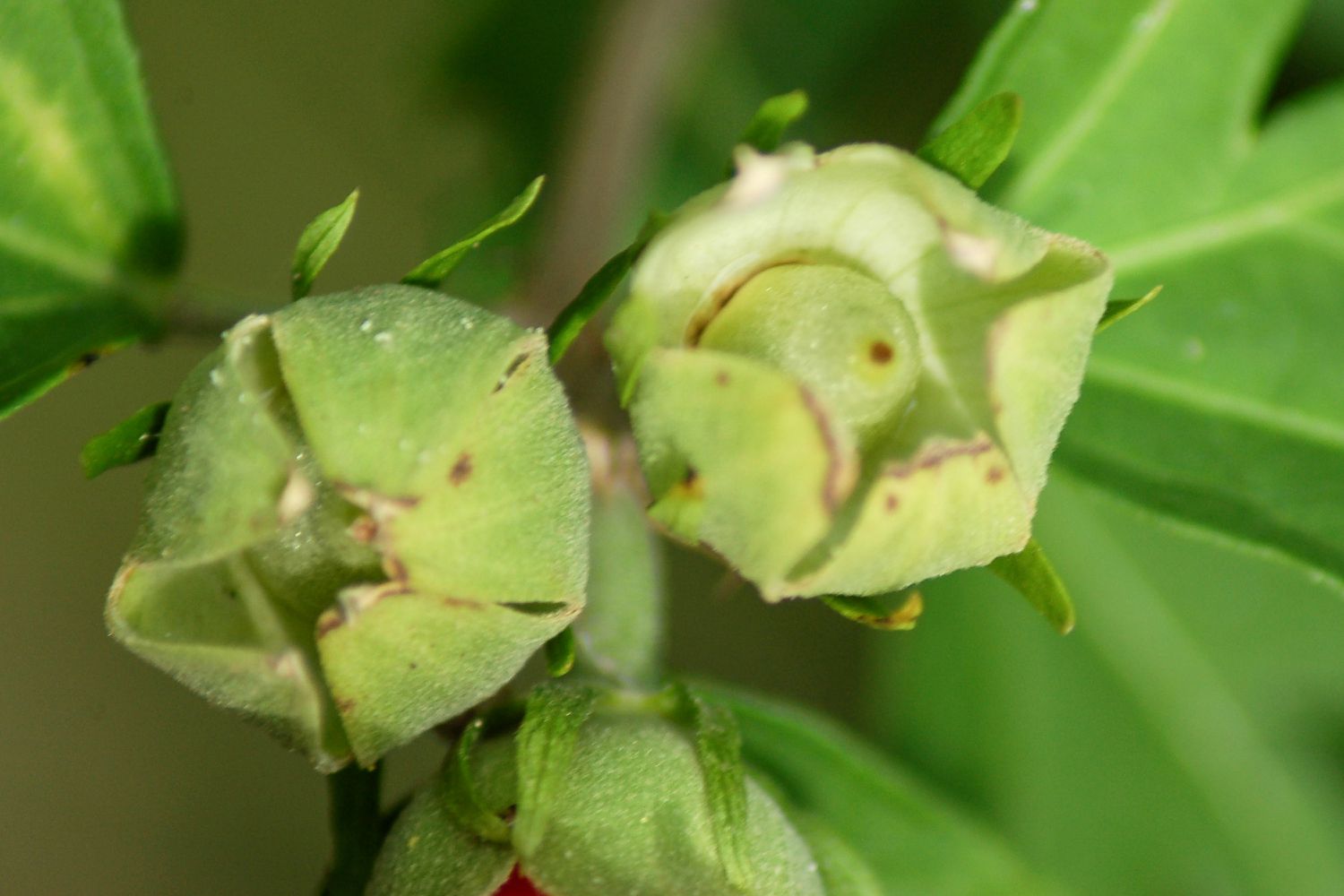

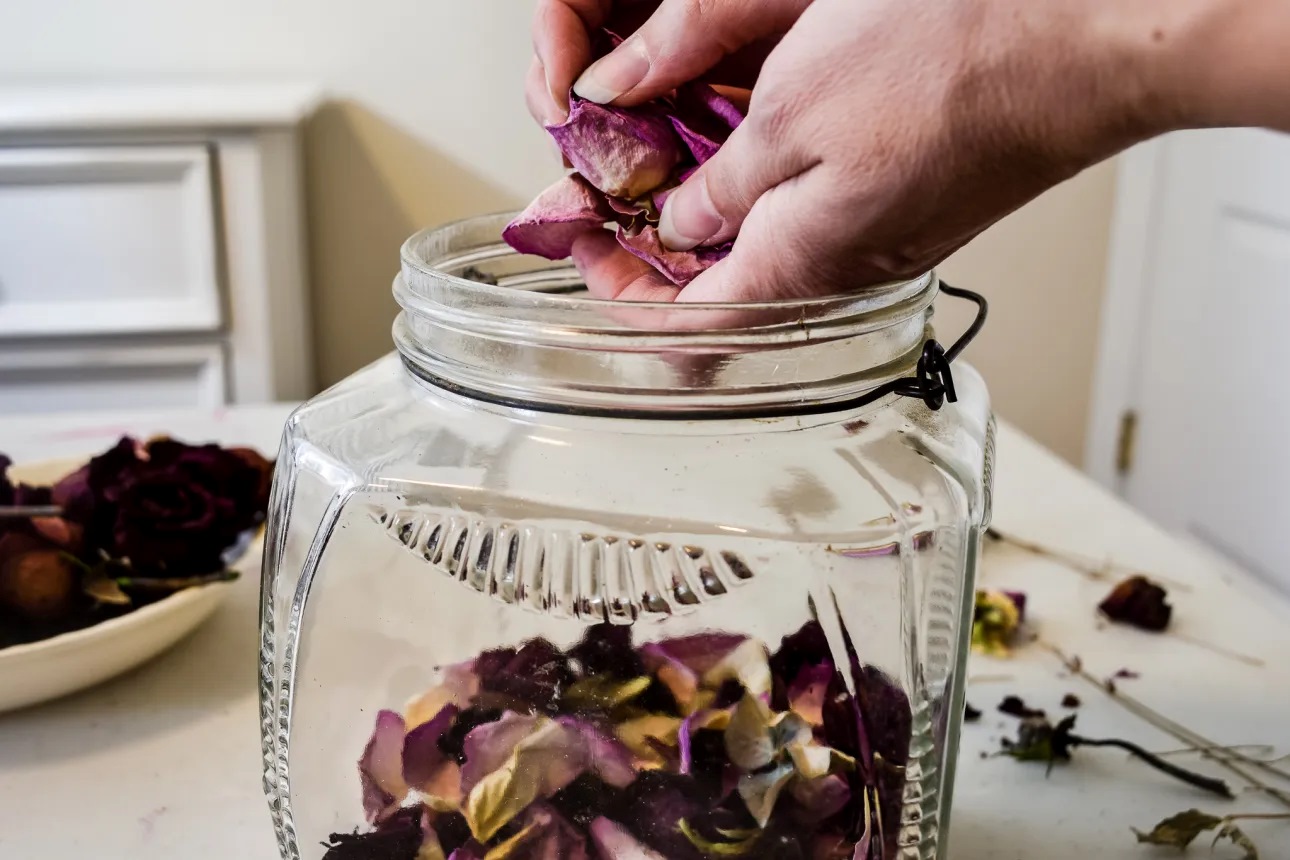

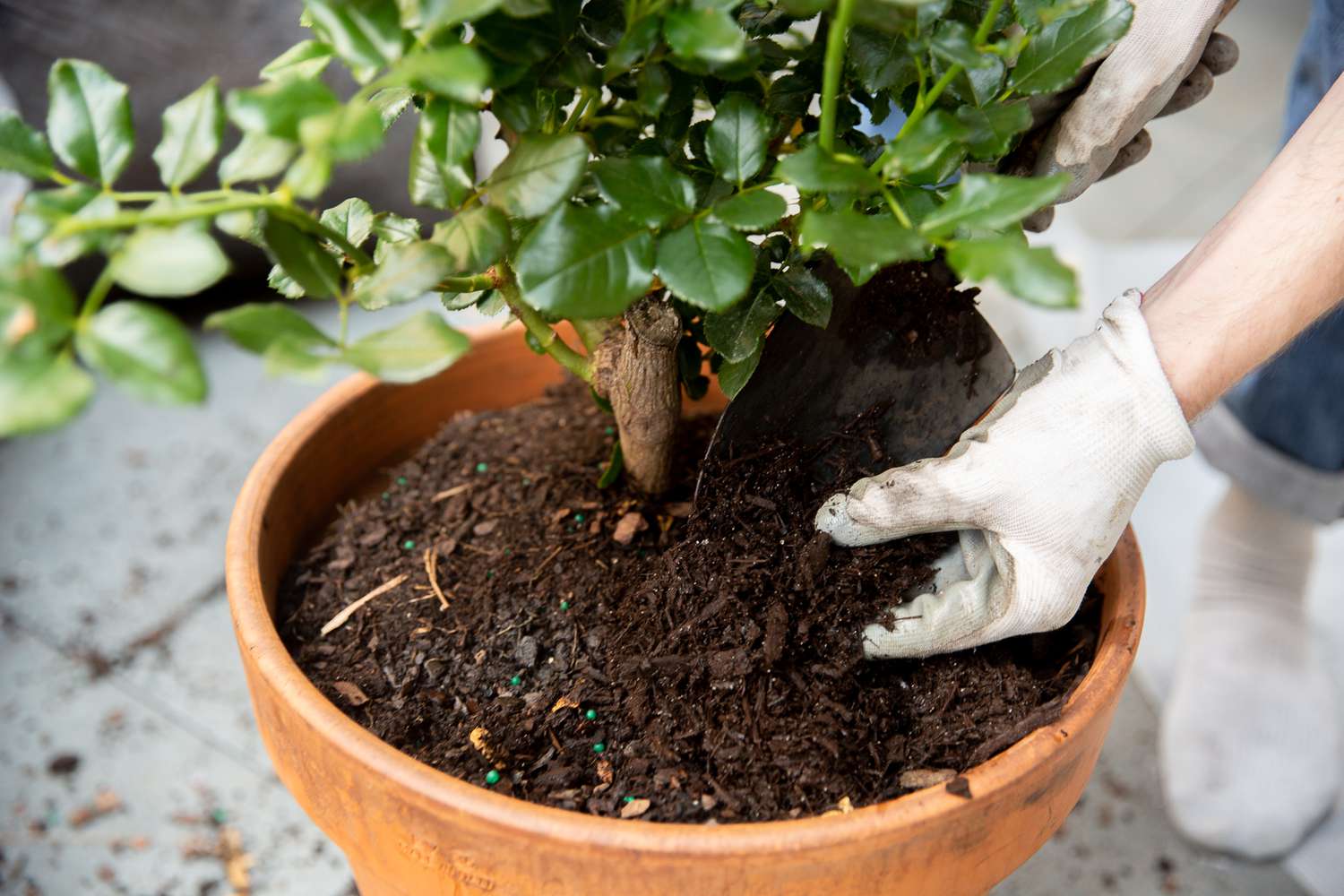




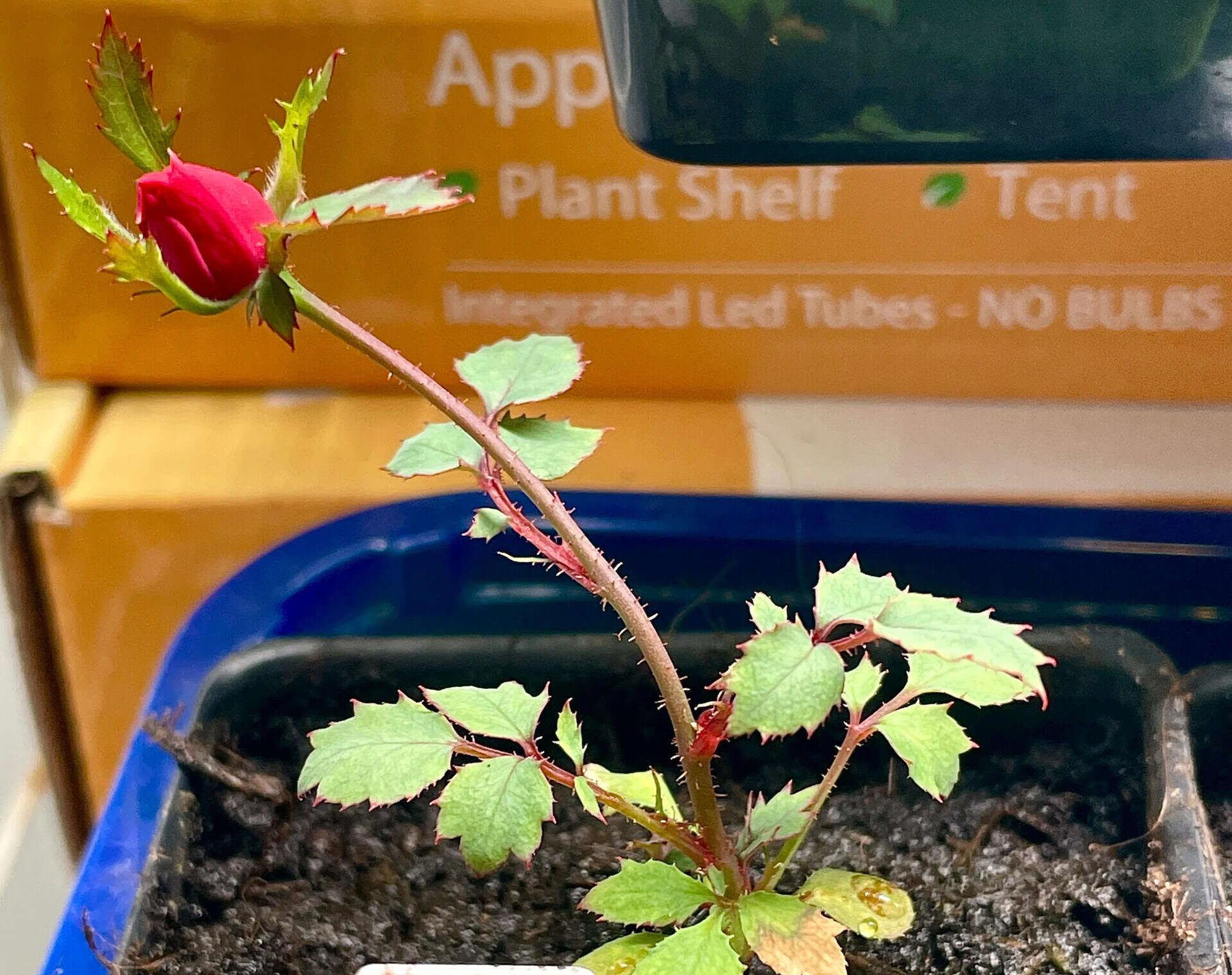
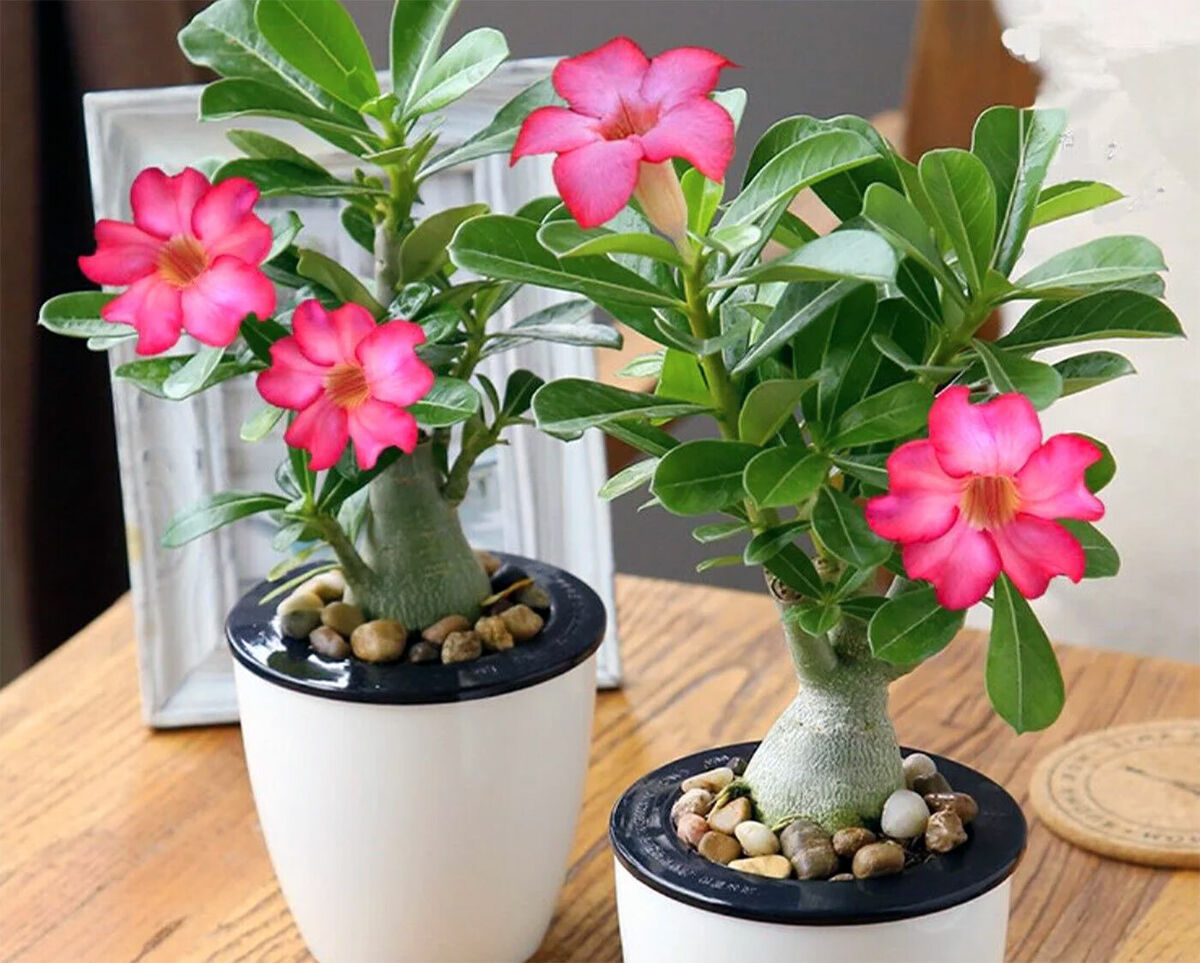
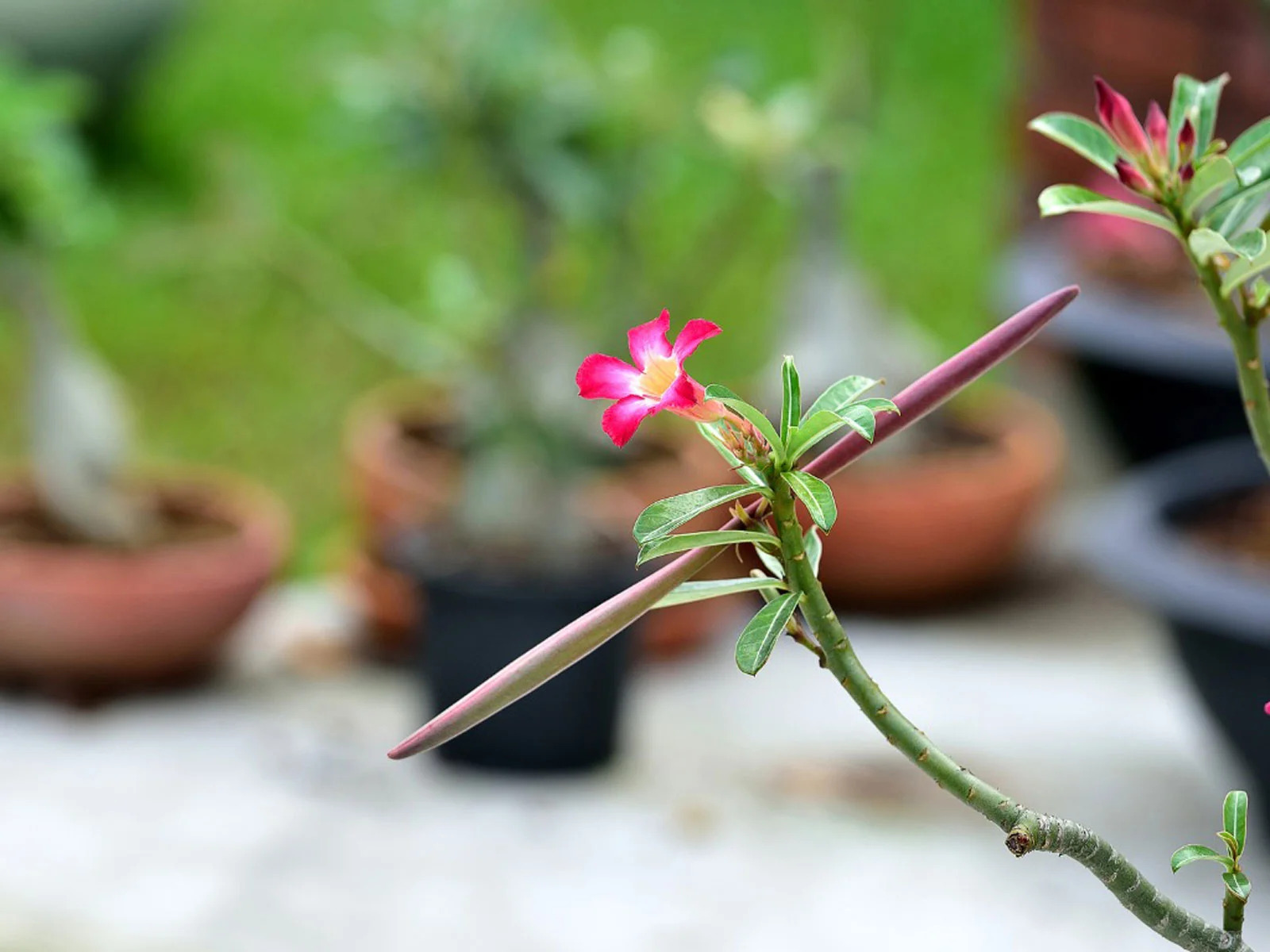

0 thoughts on “What Are Groundcover Roses”